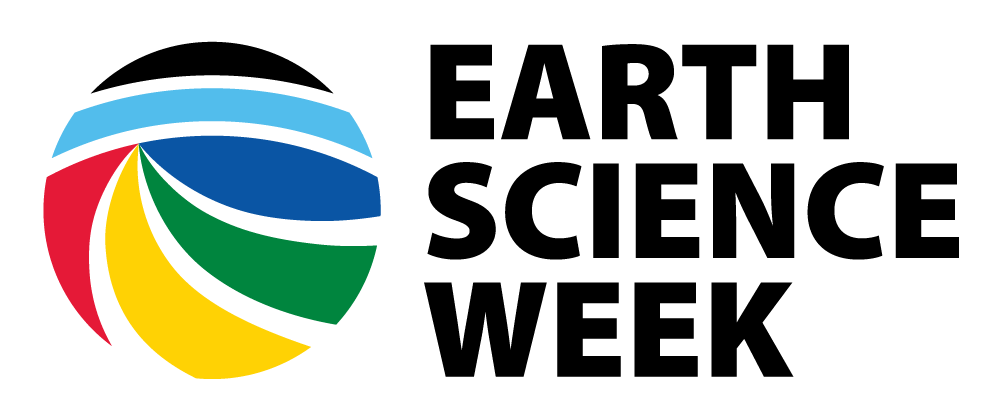Celebrate Wilderness
Posted on January 1, 0001
Celebrate Wilderness Activity Source: U.S. Fish & Wildlife Service. Adapted with permission.
The Wilderness Act, signed into law September 3, 1964, celebrates its milestone 50th anniversary in 2014. The legislation poetically defines this natural resource: “A wilderness, in contrast with those areas where man and his own works dominate the landscape, is hereby recognized as an area where the earth and community of life are untrammeled by man, where man himself is a visitor who does not remain.
[Read More]
Chocolate Rock Cycle
Posted on January 1, 0001
Chocolate Rock Cycle Activity Source: The Geological Society of London. Adapted with permission.
How sweet is this activity? It’s an introduction to the rock cycle using chocolate!
Chocolate can be ground into small particles (weathered), heated, cooled, and compressed — just like rocks. Unlike rocks, chocolate can undergo these processes safely and at reasonable temperatures.
Use your chocolate to create “sedimentary,” “metamorphic,” and “igneous” chocolate. And at the end of it all, make a tasty treat!
[Read More]
Core Sampling
Posted on January 1, 0001
Core Sampling Activity Source: Society of Petroleum Engineers. Adapted with permission.
Core samples are small portions of a formation taken from an existing well and used for geologic analysis. The sample is analyzed to determine porosity, permeability, fluid content, geologic age, and probable productivity of oil from the site.
Drilling is the only way to be sure that oil and gas fields exist and exactly what is present in the formation.
[Read More]
Dating Popcorn
Posted on January 1, 0001
Dating Popcorn Activity Source: Association of American State Geologists. Adapted with permission.
How do geologists understand the Earth’s history? In part, they measure the age of rocks and other natural materials by dating techniques. They can date rocks by gauging the amount of decay of radioactive elements. The time necessary for half of any given amount of one element (the “parent element”) to decay to become another element (the “daughter element”) is called the element’s “half-life.
[Read More]
Dig Into Soil
Posted on January 1, 0001
Dig Into Soil Activity Source: Wendy Greenberg, Soil Science Society of America. Adapted with permission.
Soil scientists often examine soils and record soil data outside. Soil is not just topsoil; it includes other horizons (soil layers) underneath the topsoil. So soil scientists use shovels or soil augers to get samples of many soil horizons. They record soil colors, textures, and types of living organisms for various soil horizons. They also record the location, vegetation, and topography of each soil.
[Read More]
Dynamic Wetlands
Posted on January 1, 0001
Dynamic Wetlands Activity Source: Nebraska Earth Systems Education Network, School of Natural Resources
By Roseanne Williby
Purpose To increase student awareness of the value and importance of our wetlands
Background What is a wetland?
Wetlands are called one of the world’s most productive ecosystems. They produce more plant and animal life than woodlands or prairies. Characteristics, like water levels, naturally change seasonally and annually. Wetlands are in transition between aquatic and terrestrial systems where the water table is usually at or near the land surface or the land is covered by shallow water.
[Read More]
EarthCaching
Posted on January 1, 0001
EarthCaching Activity Source: Geological Society of America. Adapted with permission.
EarthCaching is an exciting educational activity through which you can learn about Earth and the natural processes that shape our planet over time. By combining GPS technology with outdoor field experiences, EarthCaching allows students and others to experience the wonders of Earth in an entirely new and entertaining way.
Information about EarthCaching for educators can be found at http://www.geosociety.org/GSA/Education_Careers/Field_Experiences/EarthCache/GSA/fieldexp/EarthCache/teachers.aspx. There is a free Educator’s Guide that includes lessons and correlations to the National Science Education Standards and National Geography Education Standards.
[Read More]
Energy and Population
Posted on January 1, 0001
Energy and Population Activity Source: The NEED Project. Adapted with permission.
Just as your GPS helps you make sure you’re getting from point “a” to point “b” correctly, maps help scientists draw important conclusions and visualize important concepts they study. The right map can help a petroleum engineer find the best drilling site, or help a meteorologist make the best prediction.
This interactive mapping activity will help you understand the relationship between the population of a given state and the amount of energy consumed there.
[Read More]
Energy Efficiency
Posted on January 1, 0001
Energy Efficiency Activity Source: Schlumberger Excellence in Educational Development. Adapted with permission.
In Swords into Plowshares: At Home in a Missile Silo, Tony Crossley says of his underground home: “The winters are bitterly cold, the summers feature spectacular afternoon thunderstorms and occasional tornadoes, and throughout the year we get days when the wind is very strong. Underground it’s always quiet and peaceful, and no matter how cold it gets outside, the interior never freezes, even though we don’t have any heating yet.
[Read More]
Exploring Geoheritage Through EarthCaching
Posted on January 1, 0001
Exploring Geoheritage Through EarthCaching Activity Source: Adapted with permission by Geological Society of America.
An EarthCache is a special site that people can visit to learn about a unique geoscience feature or aspect of our Earth. Visitors to EarthCache sites can see how our planet has been shaped by geological processes, how we manage the resources and how scientists gather evidence to learn about the Earth.
EarthCaches are part of the greater global adventure game of Geocaching.
[Read More]
